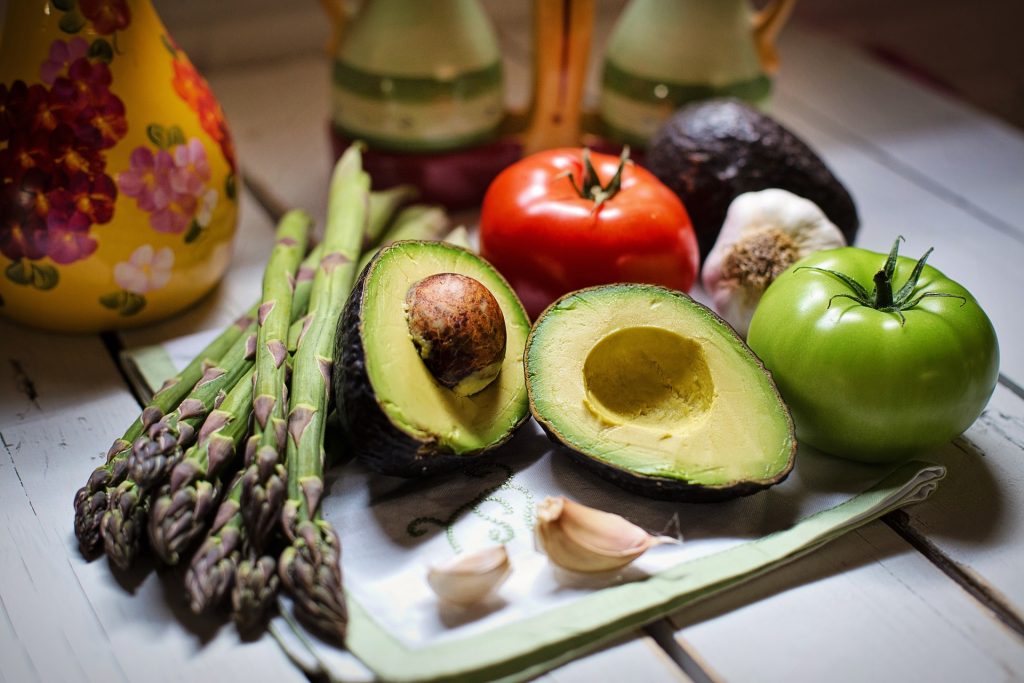The term “DASH” stands for Dietary Approaches to Stop Hypertension. Originally, DASH was designed by the U.S. National Institutes of Health (NIH) to help lower blood pressure without the use of medication. Over time, however, many individuals also experience the added benefits of weight loss, reduction in disease, and an increase in overall health. The DASH diet is better described as an eating plan rather than a traditional diet.

Set apart from traditional fad diets that may be difficult to follow long-term, the DASH eating plan is an eating pattern that can be maintained throughout life. DASH emphasizes whole foods such as fruits, vegetables, whole-grains, nuts, and lean protein. It requires no special foods and has no complicated recipes.
When compared to the typical American diet, the DASH eating planis lower in saturated fat, cholesterol, sodium, and total fat, while higher in potassium, magnesium, calcium, fiber, and protein. This diet is also similar to the recommendations from the Dietary Guidelines for Americans.
Research shows that DASH is highly effective in lowering blood pressure, reducing cholesterol, and regulating insulin levels without the use of medication. The blood pressure lowering effects of this diet may be due to its low-sodium-to-high-potassium ratio. Overall, the DASH eating plan is a healthy balanced eating pattern that is recommended for those with high blood pressure as well as the general public.
Components of the DASH Eating Plan:
- Consume whole-grains for the added benefit of being high in fiber, and containing more vitamins and minerals when compared to refined grains.
- Increase fruit and vegetable consumption for a great source of fiber, potassium, and magnesium, and protect against high blood pressure.
- Choose fat-free or low-fat dairy products which are low in fat, while rich in calcium and protein.
- Select lean meats which are a great source of protein and magnesium.
- Include nuts, seeds, and legumes in your diet, which provide magnesium, potassium, protein, and fiber to the diet, as well as healthy unsaturated fats.
- Aim for approximately 27 percent of daily calories from healthy fats (omega-3, monounsaturated fats).
- Limit foods with added sugar such as desserts and sugary beverages.
- Follow a low sodium (salt) diet – no more than 1,500 milligram of sodium daily is recommended.
Cost of the DASH Eating Plan
A common misconception is that following the DASH eating plan will lead to a high grocery bill.
However, following the diet does not have to result in a higher cost for food.
- Look for coupons and specials.
- Stock up on items while they are on sale.
- Purchasing generic brands over name brands.
- Shop at the farmer’s market or grocery store for in-season fruits and vegetables.
- Keep frozen fruits and vegetables on hand.
- Buy whole grains in bulk.
Did You Know?
Recommended by many medical professionals, the DASH eating plan is also endorsed by the following organizations:
- The National Heart, Lung, and Blood Institute
- The American Heart Association
- The Dietary Guidelines for Americans
- The US guidelines for treatment of high blood pressure


